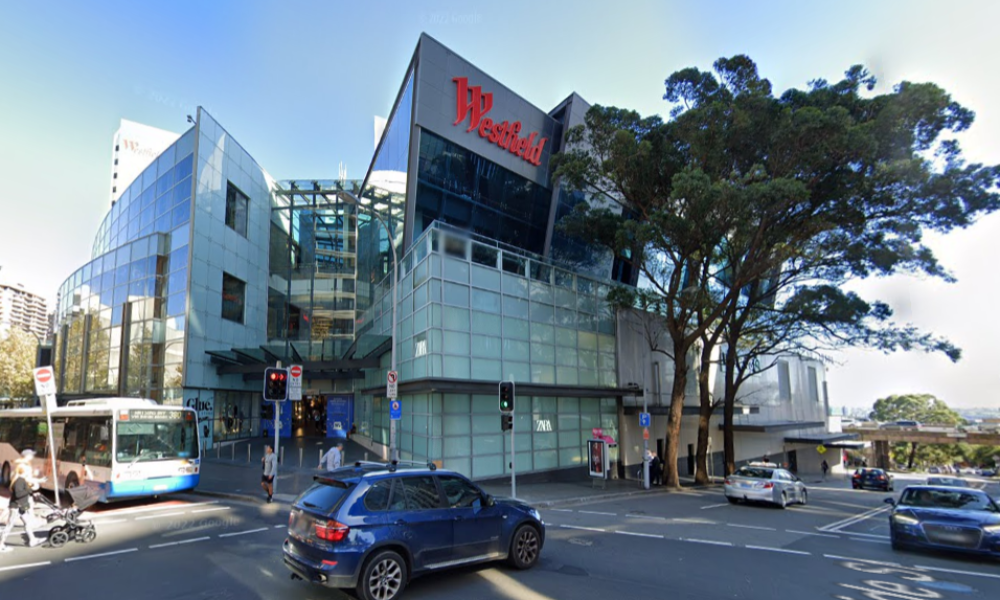Although salary packaging may not realise as big a tax saving as it once did, more employers than ever before are finding it an essential part of effective attraction and retention strategies. Teresa Russell looks at how organisations are leading the way in offering innovative packaging for employees
Although salary packaging may not realise as big a tax saving as it once did, more employers than ever before are finding it an essential part of effective attraction and retention strategies. Teresa Russell looks at how organisations are leading the way in offering innovative packaging for employees
According to 2006 data published in Mercer’s Australian Benefits Review, the upward movement in tax thresholds resulted in a 10 per cent reduction in the prevalence of salary packaging across all staff categories in 2006 from 2005. However, the same report in 2007 has shown an increase in the number of organisations offering salary packaging across all categories, with 68 per cent of surveyed organisations offering flexible salary packaging, reversing the trend in 2006.
The most popular items packaged are benefit vehicles (including novated leases), laptop computers, PDAs and employer superannuation contributions above the minimum superannuation guarantee contribution. Car parking and a second company car are popular for those employees who receive the benefit.
The report concludes that although “tax thresholds may well continue to drift in employees’ favour over the short- and medium-term, there is still no doubt that packaging continues to be tax efficient in certain circumstances … More importantly [it] provides employees with decision-making power over how they wish to arrange their awards package.”
Innovation
Both Optus and The Spastic Centre in NSW run innovative salary packaging programs. Each believes this has had a part to play in the attraction or retention of employees.
Between July and October last year, Optus moved its head office from a CBD location to a purpose-built campus at MacquariePark, near North Ryde in Sydney. Wayne Fernance, Optus’ general manager of performance and reward, says that although the company had provided salary packaging for some time, the move of head office gave them an opportunity to create an Australian-first in salary packaging.
The new campus has a childcare centre, a gym and eight food and drink outlets similar to a food hall, as well as a licensed restaurant. All of these services have been added to Optus’ salary packaging offering. “Under the legislation, people can salary sacrifice sustenance – not alcohol – at work, consumed on site. So we leased the nine food outlets to separate operators and our participating employees swipe their ID cards at the point of sale. This results in a withdrawal from their payroll and payment to the operator,”explains Fernance. There are currently 30,000 food transactions per month being managed at this site, with food and drink sales through vending machines about to be added to the salary packaging offering.
“In the last 12 months, 3,500 people have used a salary-packaging option. The most popular offerings have been food, computers and motor vehicles – in that order,” says Fernance. Other offerings include incentive payments to purchase shares and workplace giving to 13 charities selected by Optus employees.
As a not-for-profit organisation, The Spastic Centre is allowed to offer all staff up to $16,050 per year in salary sacrificed expenses. “They can spend it on anything, as long as it’s an expense,” says Frank Sedmak, general manager people, learning and culture. “People spend it on paying off HECS debts, mortgage, rent, credit card bills, electricity, school fees and groceries,” he says.
Since introduction of the GST in 2000, NGOs have also been able to offer staff a meal entertainment allowance, which can be used for dining out, catering for 21st birthday parties, weddings or engagements and even for taxi fares to and from restaurants. The Spastic Centre has capped this completely tax-free expense at $10,000 per annum. On top of these offerings, employees can salary sacrifice superannuation and other non-fringe benefits tax expenses, such as laptops. Around 500 employees working at least 20 hours per week use salary sacrificing at the organisation.
Attraction and retention
Fernance says that it is too early to have a concrete figure on the gains made by employees using salary sacrifice for food, but that the benefit is well-liked across the campus. Salary packaging food was just one of a number of initiatives Optus introduced to smooth the transition to a very different work site.
“These sorts of services don’t have to be provided for free. Our employees pay $1 per week to access the scheme, which is matched by Optus to cover costs of implementation,” says Fernance.
“Because we found that food was the most important benefit we needed to provide at our new site, and because we wanted to make it an attractive working environment, it has become one factor in retaining employees since the move.”
He points out that these initiatives are going to be rolled out to other Optus sites around the country, especially now they have vending machines coming into the mix.
Salary packaging started at The Spastic Centre about 12 years ago, because at that time it was the only way the organisation could afford to pay award increases. Over time, packaging has helped the organisation pay at least market rates in alignment with other NGOs. “Over the last five years, we have been able to compete with some private sector roles in finance, accounting, IT and HR. Our therapy and direct carers roles are in the top 25 per cent of remuneration paid within NSW,” says Sedmak.
Five years ago, staff turnover was 27 per cent and dropped to a low of 8 per cent two years ago. It is now running at “a healthy 12.5 per cent” according to Sedmak. Thanks to a small group of NGO HR practitioners including Sedmak, an NGO HR forum was formed in 2002. This year, up to 70 Australian NGOs will participate in CSi’s NGO salary survey.
“[CSi’s NGO salary survey] was started in 2003 and has helped us build our remuneration strategy. During the recruitment phase we use information sheets to demonstrate salary packaging to short-listed candidates. In some cases, we exceed people’s salary expectations, because they thought they would have had to reduce their salary to work for us” Sedmak says.
Outsourcing to providers
Optus manages much of its salary packaging work in-house, but is transitioning to one salary packaging provider (Remunerator) for all of its motor vehicle, food and beverage, gym, childcare and financial and tax advice. “An outsourced provider will pay for itself and can deliver effectiveness and efficiency. They also bring specialist knowledge and expertise into the company,” Fernance says.
Optus has employed one full-time equivalent staff member in payroll and another in implementing the new scheme and managing the provider. In their case, the outsourced provider has a full-time resource on site to liaise with employees. “It’s a very complex system. It is crucial that the back end works effectively,” Fernance says.
The Spastic Centre manages everything in-house except the meal entertainment allowance, which it outsources to Remserv. Sedmak chose this provider because it had experience running meal entertainment schemes for other NGOs. Just one person runs the rest of the salary packaging in-house for the 500 employees participating in the scheme.
Communicating with employees
Every person involved in the complexities of salary packaging knows it is important to clearly communicate with employees on a regular basis. At Optus, Fernance says he tries to put things in as simple a language as possible such as, “every third or fourth cup of coffee is free.”“Success depends on how many people participate in salary packaging. Many take it on faith that they are saving money, but communication is a key factor and must be ongoing,” he says.
Sedmak agrees. “Good and regular communication about the package to remind people about what they are getting is important. Relaunch it when necessary,” he adds.
The future
Sedmak hopes that the new Federal Government will review the legislation as it applies to NGOs, because the value of salary packaging has eroded over the last eight years. He would especially like to realise profit on the sale of motor vehicles and a review of the overall value of the salary package, as petrol costs have increased enormously in the intervening years.
Structuring salary packages
Consistent costing methodology
Coverage of policy
Limits on amount able to be packaged
Calculation base for benefits and payments related to salary
Degree of flexibility
Range of benefits to be provided
Taxation
Administration
Financial counselling
Communication
Extracted from Mercer Salary Packaging Trends - Oct 2007








